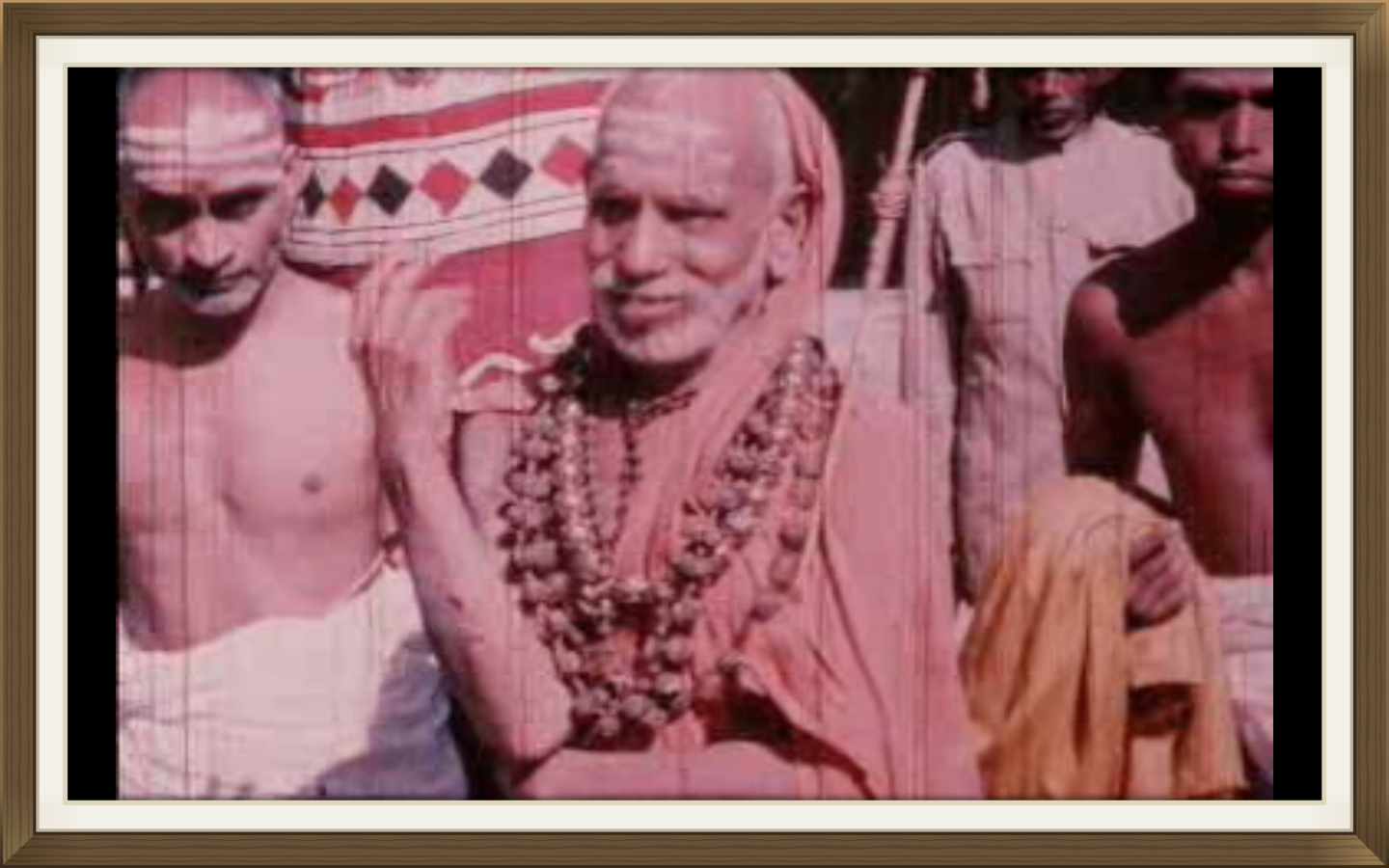"Causes" or "karanas" are divided into two categories: "nimitta" and "upadana". You need earth or clay as a material to make a pot. So earth is the upadana for the pot. But how does it become a pot? Does it become a pot by itself? It has to be shaped by a potter. So the potter is the cause- he is the nimitta. (The "nimitta" we spoke about in jyotisa is different. )
Nyaya and Vaisesika believe that Isvara created the universe with the ultimate particles called "anu-s". Here Isvara is the nimitta-karana and the "anu-s" are the upadana-karana. To shape the clay into a pot a potter is needed. Without him there is no earthen pot, or in other words, the pot without the potter is non-existent. So when he shapes it out of clay he is the cause and the pot the effect. This is called "arambha-vada" or "asat-karya-vada". "Sat" means that which exists (the real) and "asat" that which does not. There is no pot in mere clay. The non-existent pot is produced from the clay. It is in similar fashion that Isvara created the universe with the "anu-s" - what he created did not exist in the particles. This is the doctrine of Nyaya.
Adherents of Sankhya, as we know, do not believe in an Isvara. According to them Prakrti itself exfoliated into the universe. Such a belief is not to be mistaken for the contemporary athestic view. I say so because Sankhya also postulates a Purusa who is jnana, similar to the Nirguna-Brahman. According to it the inert Prakrti can function in such an orderly fashion only in the presence of Purusa. The presence of Purusa is the cause but he is not directly involved in creation. Crops grow on their own in the sunshine. Water dries up, clothes become dry and it is all because of the sun. Does the sun worry about which crop is to be grown or which pond is to be dried up? Your hand becomes numb when you hold a lump of ice in it. Is it right to reason that it is the intention of ice to benumb your hand? Similar is the case with Purusa for he is not attached to creation. But with the power received from him, Prakrti creates the world out of itself. There is no Isvara as a nimitta-karana. According to Sankhya, Prakrti has transformed itself as the created world. This is called "parinama-vada".
While asat-karya-vada is the principle on which the naiyayikas base their view of creation, supporters of Sankhya base their theory on sat-karya-vada. Adherents of the former believe that the clay is the upadana(material cause) for the making of the non-existent pot while the potter is the nimitta or efficient cause. The sat-karya-vadins belonging to Sankhya argue thus: "The pot was there in the clay in the beggining itself. The oil-monger presses the sesame seeds to extract the oil that is already present in them. Similarly, the pot concealed in the clay emerged as a result of the work of the potter. It is only by using the clay that you can make the pot. You cannot make a pot with sesame seeds nor do you get oil by pressing the clay. The pots are all anu-s of the clay; they came into existence by the anu-s being shaped. "
Our acarya says: "There is neither arambha-vada nor parinama-vada here. It is the Brahman, with its power of Maya, that appears in the disguise of creation. For the potter who is the Paramatman there is no other entity other than himself called clay. So the arambha-vada is not right. To say that Paramatman transformed himself into the cosmos is like saying that the milk turns into curd. The curd is not the same as the milk. Would it not be wrong to state that the Paramatman became non-existent after becoming the cosmos? So the parinama-vada is also not valid. On the one hand, the Paramatman remains pure jnana, as nothing but awareness, and, on the other, he shows himself through the power of his Maya as all this universe with its living-beings and its inert objects. It is all the appearence of the same Reality, the Reality in various disguises. If a man dons a disguise he does not become another man. Similar is the case with all these disguises, all this jugglary of the universe. with all the apparent diversity, the one Reality remains unchanged. " This argument is known as "vivarta-vada".
There is vivarta in the phenomenon of a rope appearing to be a snake. The upadana-karana(material cause) that is the rope does not change into a snake by nimitta-karana(efficient cause). So the arambha-vada does not apply here. The rope does not transform itself into a snake; but on account of our nescience (avidya) it seems to us to be a snake. Similarly, on account of our ajnana or avidya the Brahman too seems to us as this world and such a vast plurality of entities.
Nyaya lays the steps by which we may go further to realise the truth on which our Acarya has shed light.
Nyaya and Vaisesika teach us how we may become aware of padarthas (categories) through reasoning and become detatched from them to realise "apavarga" in which there is neither sorrow nor joy. But they do not take us to a higher realm. Dualism also has it's limitations thus. To grasp the One Reality that is non-dual and realise inwardly that we too are that Reality is to experience absolute liberation.
It must be said as one of the distinctive features of Nyaya that it inspires us to go in quest of apavarga by creating discontent in in our worldly existence. Another of its distinguishing features is that it employs all its resources of reasoning to contend against the doctrines of the Buddhists, the Sankhyas and Carvakas to establish the principle of Isvara as Karta(Creator).

